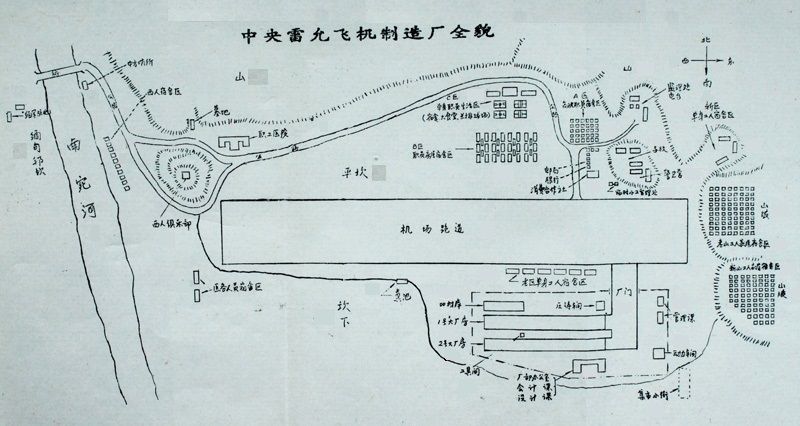Fort Bonafacio, Taguig, Monday, 1 April 1946
The gathering of senior Philippine intelligence officers had been deliberately kept small – the more who were knowledgeable of secrets the greater the risk of disclosure. The five officers pored over the map before them with keen interest.
“So this is China’s super-secret aircraft manufacturing center?” said the Air Force representative. “How did we manage to get it?”
“You don’t really want to know the answer,” replied his counterpart from the Navy. “It did cost us several lives, and we believe it to be accurate.”
The industrial complex at Loiwing, in Yunnan near the Burmese frontier, had been established before the Chosen war in concert with the South African Empire; it was obvious that China had anticipated the potential threat of air attack from Chosen or Japan in locating the facility in the wilderness – though that brought other difficulties.
“Rather self-contained,” the Army representative noted. “Workers’ housing is right near the factory buildings which are in turn right beside the runway. It looks to be well laid out.”
“Yes,” the Air Force representative added. “If I understand these notes, the design offices are south of the production complex, near the perimeter. A north-south bomb run would hit them all. Not that we could do that…”
“No we couldn’t,” the Navy representative said with vigor, “nor do we.”
“Notice that the compounds for the South African personnel are located well away from the production facilities,” commented the senior civilian at the table. “And away from the housing for the factory staff. “
“They seem willing to work with the Chinese, but not to mingle,” quipped the junior civilian. “It may explain why little has been heard of this venture.”
For those who might be interested in details and sources, go here:


